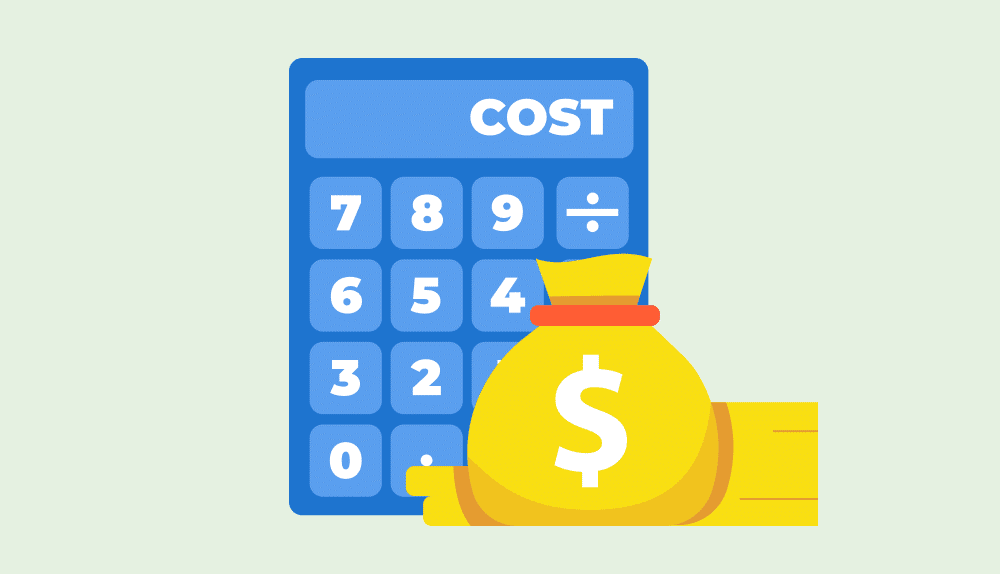You may be worried or confused when you realize that your project is not progressing as anticipated. Fortunately, these feelings can be avoided if you know how to see whether your project is ahead of or behind schedule — and you can do this by calculating schedule variance.
Definition of Schedule Variance
Schedule variance is a project management metric that measures the difference between a project’s planned and actual progress at a given time. It is an essential metric for project cost and progress analysis, as it can show managers exactly how their project performs and whether it is in jeopardy of being delayed.
Why should you include schedule variance in project management?
Schedule variance is a project management and schedule performance indicator that acts as an alert for the project team and project managers. It helps project managers assess whether the entire project is behind or ahead of schedule and see whether the cost variance threatens the projected earned value of the operation.
By calculating and analyzing schedule variance, project managers can identify any potential deviations from the planned schedule and take corrective actions to ensure the project stays on schedule. It also improves cost management in the project’s schedule, as it allows managers to see whether the total project budget is enough to cover all the required tasks. Later on, understanding schedule variance can also help them improve their project planning process in the long run.
Schedule Variance Formula
Schedule variance (SV) is typically calculated using the following formula:
SV = BCWP – BCWS
Where:
- BCWP (budgeted cost of work performed) represents the value of the work that has actually been completed on the project up to the current date, according to the project schedule.
- BCWS (budgeted cost of work scheduled) represents the scheduled cost of work that was supposed to be completed up to the current date, as per the project schedule.
Both of these variables are typically expressed in the costs of work.
How to Interpret the Results of Calculating Schedule Variance
A positive SV indicates that the project is ahead of schedule, meaning that more work has been completed than planned. Conversely, a negative SV indicates that the project is behind schedule and the work completed is less than planned.
Calculating Schedule Variance: Example
Imagine you are a project manager for a professional services company overseeing an IT project to develop a new software application. The project is scheduled to be completed in 6 months with a total budget of $100,000. After 3 months, you assess the project progress and gather the following information:
- BCWP (budgeted cost of work performed): $50,000
- BCWS (budgeted cost of work scheduled): $60,000
Using the formula mentioned above, we are plugging in the values from the example:
SV = $50,000 – $60,000
SV = -$10,000
The calculated schedule variance is -$10,000, which indicates that the project is behind schedule, as the actual work completed (BCWP) is $10,000 less than the planned work (BCWS) at this point.
Calculating Schedule Variance Percentage
In some cases, specifying whether the project exceeds the budget is not enough. Some project managers would prefer to express the progress (or lack thereof) as a percentage — here’s how it’s done using a schedule variance percentage.
Schedule Variance Percentage Formula
The schedule variance percentage (SV%) is a measurement that expresses the schedule variance as a percentage of the planned work. It is calculated using the following formula:
SV% = (SV / BCWS) x 100
Where:
- SV is the schedule variance
- BCWS is the budgeted cost of work scheduled
Schedule Variance Percentage Formula: Example
Using the data from the previous example, we can already see that:
- SV = -$10,000
- BCWS = $60,000
Therefore, we can now apply the information to the schedule variance percentage formula:
SV% = (-$10,000 / $60,000) x 100
SV% = -16.67%
As you can see, the calculated schedule variance percentage is -16.67%. Negative schedule variance means there are some project delays and the project’s budget may be at risk.





